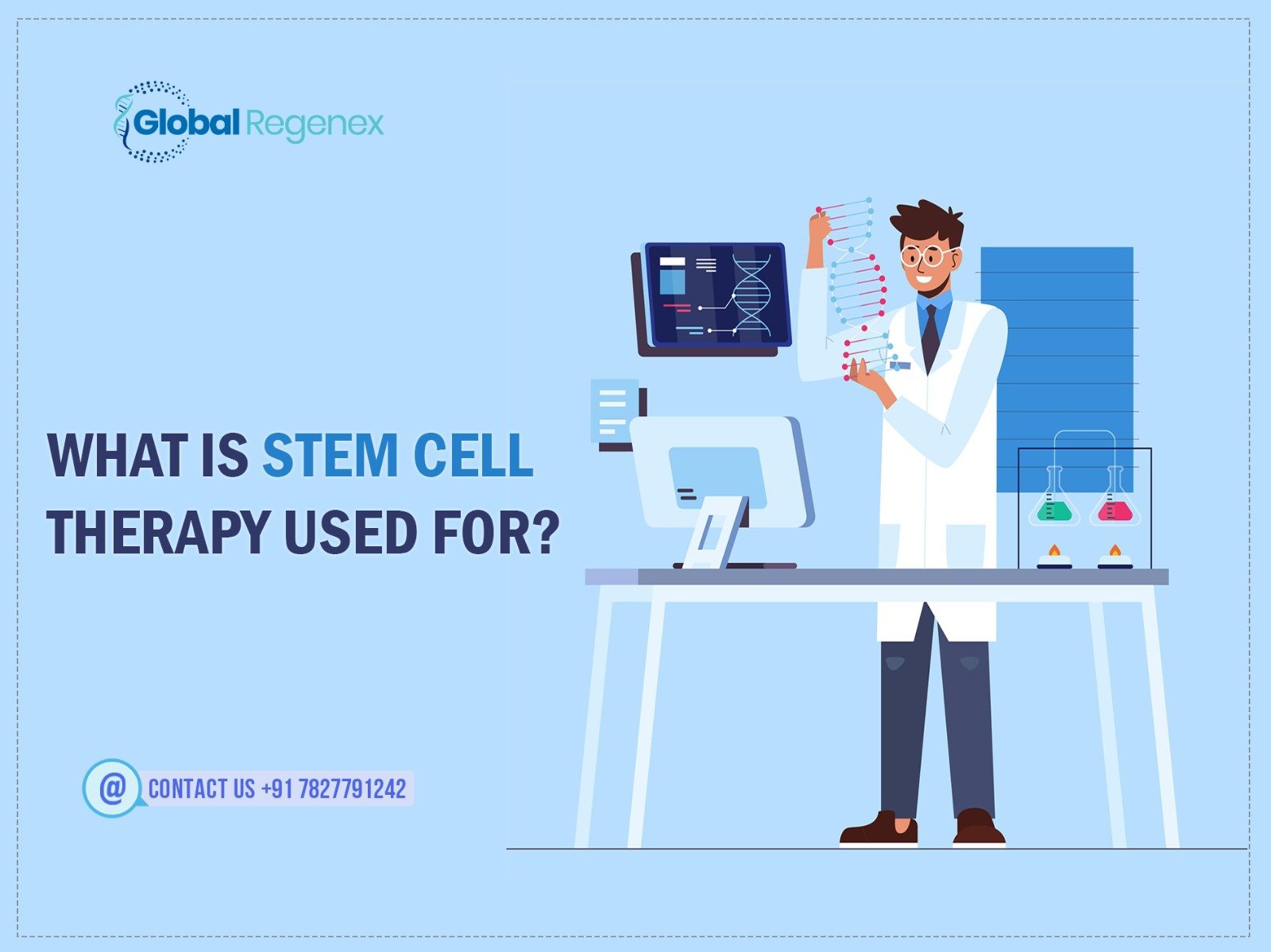One unique kind of cell with two crucial characteristics is stem cells. They can produce additional cells just like themselves. That is to say, they self-renew. They may undergo a differentiation process to transform into other cells for various purposes. Nearly every tissue in the body has stem cells. They are also required for tissue upkeep and healing after damage.
Where the stem cells are determines whether they grow into specific tissues. Hemopoietic stem cells, for instance, live in the bone marrow and can generate every kind of cell needed in blood. Stem cells may also develop brain cells, heart muscle cells, bone cells, or other cells.
Stem cells come in many forms. Since they may grow into any cell of the growing fetus, embryonic stem cells are the most flexible of all. Most stem cells in the body may only assist in preserving and healing the tissues and organs they live in; they have little capacity to produce new cells.
Why Stem Cells Are So Much Sought After?
Researchers are investigating stem cells to discover if they might:
Clarify the causes of illnesses. Observing stem cells grow into cells in bones, heart muscle, neurons, other organs, and tissue helps scientists better grasp the evolution of diseases and ailments.
Those with leukemia, Hodgkin disease, non-Hodgkin lymphoma, and various solid tumor malignancies might all benefit from stem cell treatments. Stem cell treatments may also help those with hereditary metabolic disorders, immunodeficiencies, and aplastic anemia.
Growing to create new tissue for use in transplant and regenerative medicine, stem cells might prove to be invaluable. Stem cells and their uses in transplant and regenerative medicine are still under research, and information on them is constantly developing.
Check new medications for efficacy and safety. Researchers may evaluate certain kinds of stem cells for safety and quality before introducing medicines in development to humans. This testing may assist in assessing medications in development for cardiac toxicity.
Novel research fields include testing novel medications utilizing human stem cells programmed into tissue-specific cells. New drug testing must be precise; hence, the cells must be engineered to acquire traits of the kind of cells the medication targets. Research on methods to train cells into certain types is in progress.
Where Do Stem Cells Originate?
Stem cells come from various sources:
Stem cells for embryons. Three to five-day-old embryos provide these stem cells. An embryo at this stage is known as a blastocyst and boasts around 150 cells.
These are pluripotent, or ploo-RIP-uh-tunt, stem cells—that is, those that may either develop any cell in the body or divide into new stem cells. This allows organs and damaged tissue to be rebuilt or repaired from embryonic stem cells.
Adult cells are transformed to possess traits of embryonic stem cells. Genetic reprogramming has let scientists convert ordinary adult cells into stem cells. Researchers can create adult cells acting like embryonic stem cells by changing their DNA. Indinduced pluripotent stem cells (iPSCs) are these cells.
This innovative method could avoid immune system rejection of the new stem cells and enable the use of reprogrammed cells instead of embryonic stem cells. In the meantime, scientists are unsure if employing modified adult cells would have negative consequences for people.
Regular connective tissue cells have been taken by researchers and reprogrammed to become working heart cells. Studies on animals with heart failure implanted with fresh heart cells found improved heart function and survival times.
Stem cells are generated from birth. Researchers have found stem cells in amnionic fluid along with umbilical cord blood. Stem cells may develop into specialized cells.
Surrounding and shielding a growing baby in the uterus, amniotic fluid fills the sac. Stem cells have been found in amniotic fluid samples taken from pregnant women for research or therapy under a process known as amniocentesis.
Why Is The Use Of Embryonic Stem Cells Controversial?
Taken from early-stage embryos—a collection of cells created when eggs are combined with sperm at an in vitro fertilization clinic—embryonic stem cells are Since human embryonic stem cells are derived from human embryos, various ethical concerns have been raised about the direction of embryonic stem cell research.
2009 saw the National Institutes of Health establish policies for human stem cell research. The guidelines specify embryonic stem cells and their possible use in research and suggestions for embryonic stem cell donations.
Conclusion
Because cloned cells are less likely to be rejected once transplanted back into the donor, some researchers think stem cells obtained via therapeutic cloning may have advantages over those from fertilized eggs. It might also enable scientists to see precisely how a condition arises.

